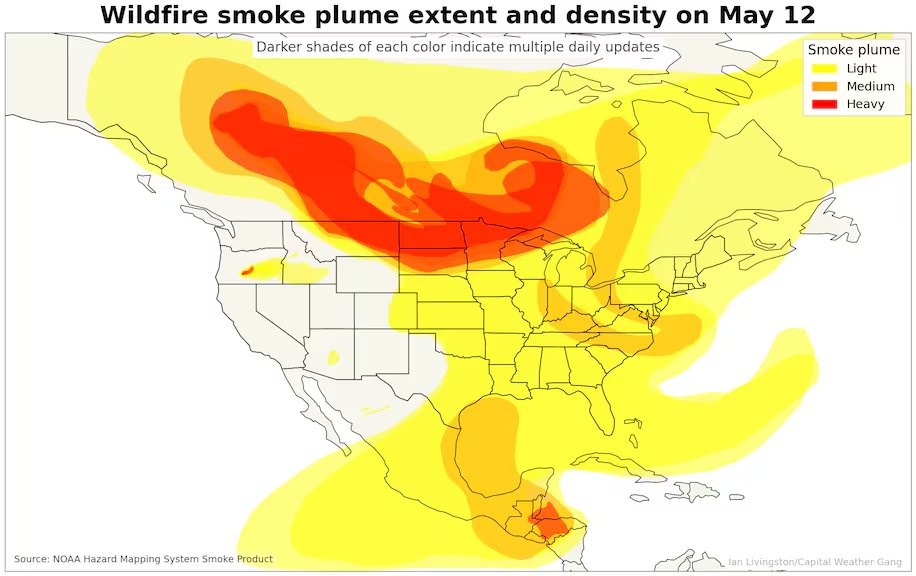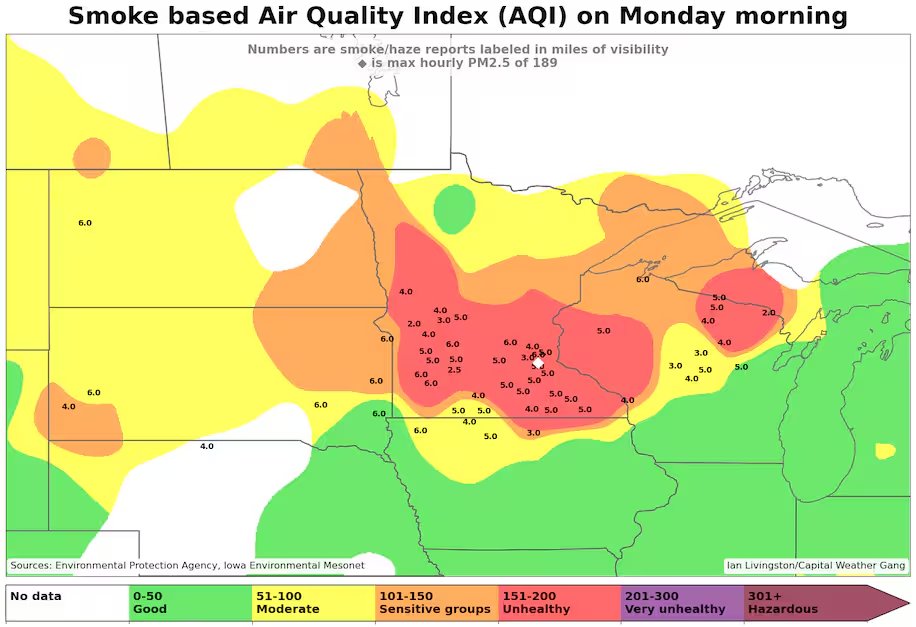[THREAD] Latest on #Isaias:
- A strong tropical storm, to make landfall tonight near SC/NC border near or at hurricane intensity.
- Significant coastal flooding, high wind, heavy rain threat from Carolinas to Maine.
- DC to NYC to be heavily impacted. 1/
washingtonpost.com/weather/2020/0…
- A strong tropical storm, to make landfall tonight near SC/NC border near or at hurricane intensity.
- Significant coastal flooding, high wind, heavy rain threat from Carolinas to Maine.
- DC to NYC to be heavily impacted. 1/
washingtonpost.com/weather/2020/0…
Storm will interact with unseasonably strong dip in jet stream as it nears Mid-Atlantic, will result in powerful onshore winds from MD to New England.
- Jersey Shore to see 70-75 mph wind gusts. Surge threat for NYC.
- Widespread 3-6-inch rain amounts in DC area. 2/
- Jersey Shore to see 70-75 mph wind gusts. Surge threat for NYC.
- Widespread 3-6-inch rain amounts in DC area. 2/
Also possibility of tornadoes with squalls coming ashore in parts of SC/NC with landfall, but also in northern Mid-Atlantic and southern New England.
This is a serious storm that could cause widespread power outages and disruptions, during a time of other disruptions. 3/3
This is a serious storm that could cause widespread power outages and disruptions, during a time of other disruptions. 3/3
• • •
Missing some Tweet in this thread? You can try to
force a refresh



















